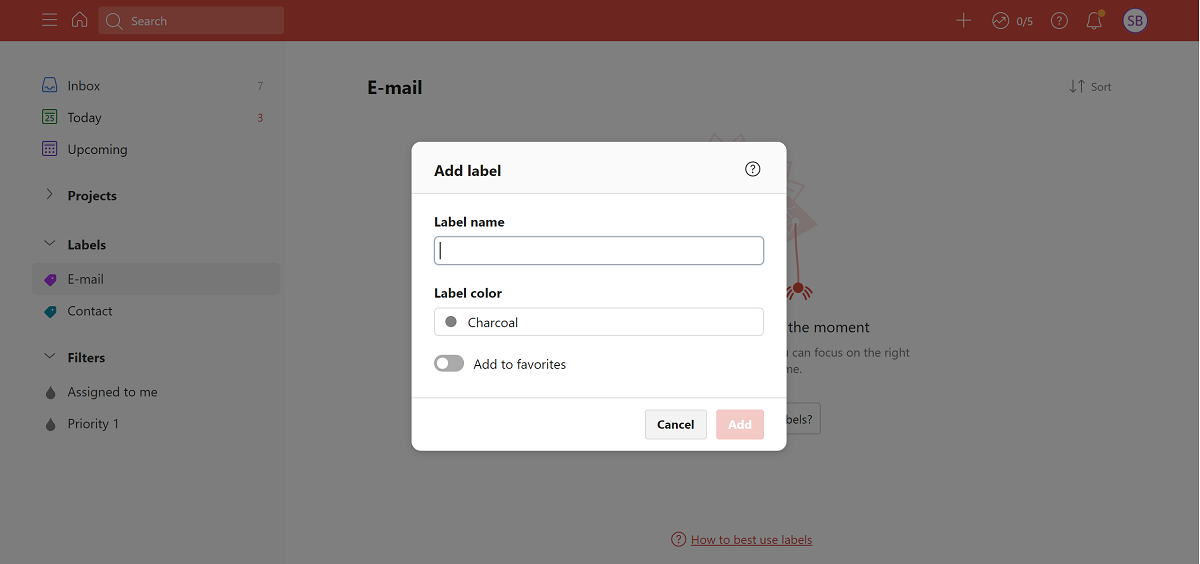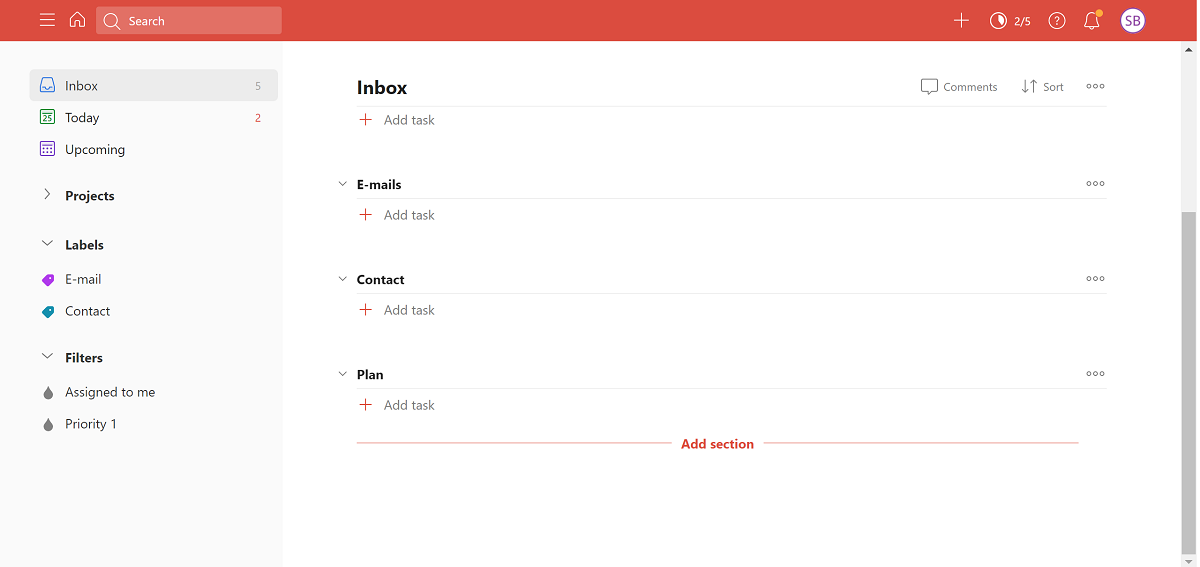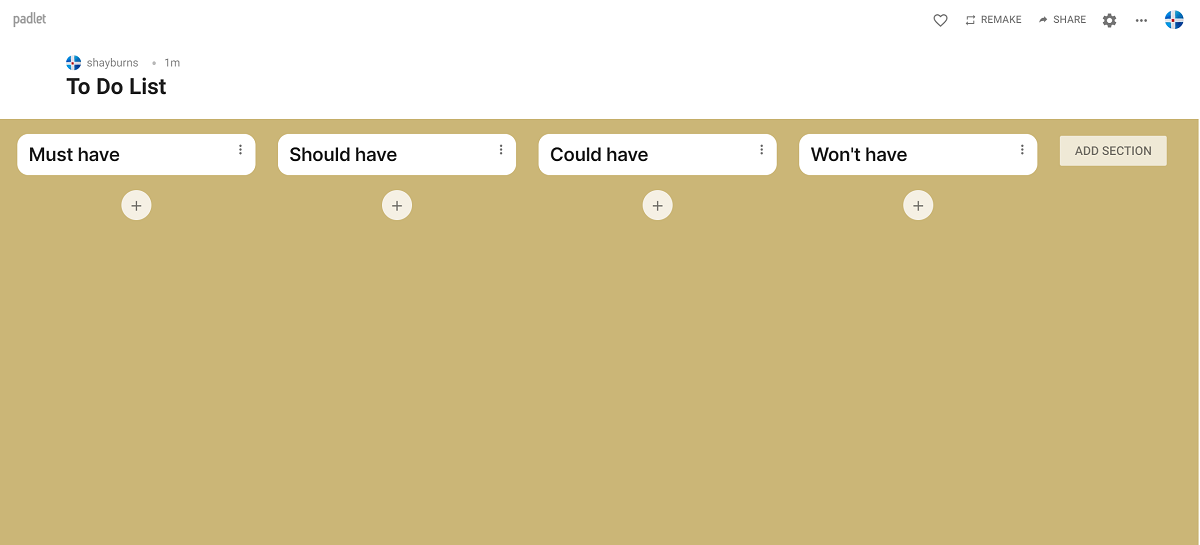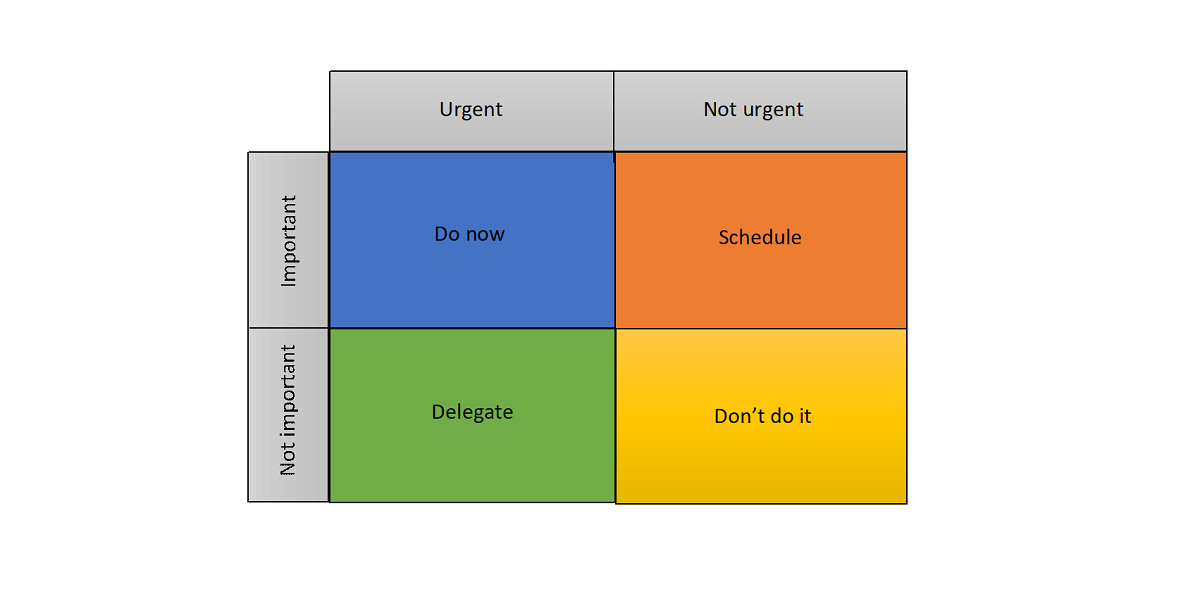A to-do list is an essential part of keeping yourself organized, and in essence, it is a list of tasks that you need to complete. Sounds straightforward, right? However, in many ways, your to-do list could be causing you stress and making you less productive.
Fortunately, there are some tried and tested ways of optimizing your to-do list to prevent this from happening.
Keep Your To-Do List Short
If your to-do list has more than 10 items on it at a time, it is probably too long. Having a long list of tasks to complete can make you feel stressed and lead to procrastination. This is because it creates the impression that there is a lot to do, and it is going to require a lot of effort to get everything done.
To avoid this, you can condense your to-do list so that it feels more manageable, and you'll get a sense of achievement when you cross things off. You can do this by being strict about what goes on it and avoiding filling it up unnecessarily. These are some things that may not belong on your to-do list.
- It is someone else's task to complete.
- It is already in your calendar or recorded elsewhere.
- It is one of your daily responsibilities, e.g., checking e-mails.
- It is part of another task that is already on your list.
You will see that if some of these things are on your agenda, they will just be bulking it out and making your workload appear bigger than it actually needs to be. Remove them, assign them elsewhere if necessary, and your assignments will feel much attainable.
Split Your To-Do List Into Themes
You can also categorize your tasks into themes or actions. Todoist is a digital to-do list application that allows you to create color-coded labels, which can keep your screen clutter-free. To create a label, all you have to do is:
- On the Open menu, click the Plus sign next to Labels.
- When the New label window opens, type in what you want your label to be called, e.g., “E-mail” or “Contact”.
- Choose the color you want associated with it.
- Click Add.
Alternatively, if labels aren't your thing, you can use Todoist's section function to achieve the same result:
- From your Todoist Inbox page, hover your cursor at the bottom of your list.
- When the Add section button appears, click it.
- Where it says Name this section, type what you would like the section to be called.
- Click Add section.
You can create as many labels or sections as you like, but aim to keep them to a minimum. Once you have either of these categorization options set up, you can start adding your tasks under them by clicking the Plus sign or Add task.
If you want a slightly simpler layout, Microsoft To Do lets you create multiple lists that can serve as themes or actions, by clicking New list on your toolbar. Simply name the list, and you can start splitting your tasks up as needed.
Time Blocking Makes Your To-Do List More Manageable
You might think that using a to-do list is proactive in and of itself, but if it is made up of demands from others that come throughout your day, you might be working reactively. This can lead to disorganized task management and a list that doesn't meet your needs.
Time blocking is essential if you want to stay on top of your work and maintain efficiency. Try dedicating 15 to 20 minutes to create your to-do list at the start of your day, or if your job is reactive by nature, you can time-block at two or three intervals.
To make sure you commit to this, put an appointment into your Outlook or Google calendar so that you avoid skirting past this step. You will save time in the long run, and you can take further steps to optimizing your to-do list.
Prioritizing Your Tasks
Simply creating a to-do list doesn't give you a good indication of when you need to complete things by, or the level of urgency attached to them. Although it is possible to mentally rank your tasks' importance, this can open you up to heterogeneous complexity.
Heterogeneous complexity is where you pick the to-do that takes the least amount of time, because it gives you a quick psychological boost that you've achieved something. Unfortunately, this means you can end up neglecting the duties that take longer, regardless of their importance. Also, due to how our minds work, you might view the items at the top as having priority, even if they don't.
The MoSCoW method can help you to prioritize your to-do list using four categories, which are:
- Must have
- Should have
- Could have
- Won't have
And is especially useful for project management, where you have a series of steps to complete within a given timeframe.
If this doesn't fit your needs, you can opt for the Eisenhower Matrix, which splits your to-do list into a grid format with four sections. The top row is for “important” tasks and the bottom row is for “not important” tasks. In conjunction to this, the left column is titled “urgent”, and the right column is “not urgent”.
For both of these approaches, Trello offers the most potential in terms of formatting your to-do list, because it allows you to categorize your tasks into boards. Similarly, Padlet has several pre-set templates that allow you to create boards and arrange how you see fit.
Efficiency Achieved
To-do lists are really helpful for tracking your work and keeping you accountable, but they are also open to a lot of issues that can slow you down and create all kinds of biases. They still require some strategic oversight to work well.
With the tips mentioned above, you can start trying different techniques on for size and optimizing your to-do list to reach its potential. Just remember: by spending a little extra time on perfecting your to-do list, you can increase your efficiency and enhance your work output further down the line.
Give it a go and see what works for you.





